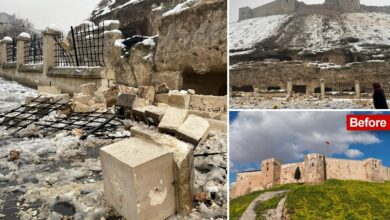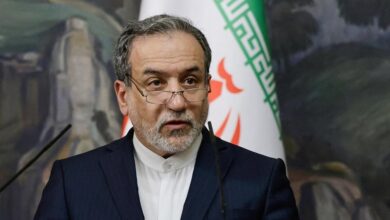Tsunami Warning: Japan PM Cancels Central Asia Trip Amid Megaquake Alert

News Mania Desk/Agnibeena Ghosh/9th August 2024
Japanese Prime Minister Fumio Kishida has postponed his planned trip to Central Asia after scientists issued a significant earthquake advisory for Japan. The Japan Meteorological Agency (JMA) raised the alarm on Thursday, advising heightened preparedness for a possible “megaquake” following a substantial 7.1-magnitude earthquake that struck southern Japan, injuring eight people.
Kishida had been scheduled to visit Kazakhstan, Uzbekistan, and Mongolia and attend a regional summit. However, given the gravity of the situation, he decided to remain in Japan for at least a week to oversee the response. “As the prime minister with the highest responsibility for crisis management, I decided I should stay in Japan for at least a week,” Kishida stated, acknowledging the public’s heightened anxiety following the JMA’s advisory.
The advisory was issued under a new system developed after Japan’s devastating 2011 earthquake, which, with a magnitude of 9.0, triggered a catastrophic tsunami and nuclear disaster. The JMA’s alert indicates an increased likelihood of a major earthquake, although it stops short of predicting one with certainty. The agency noted that while the risk of a significant quake is elevated, it does not guarantee that a major event will occur.
The recent earthquake, which struck near Kyushu, caused noticeable disruptions, such as shaking traffic lights and rattling dishes, but no severe damage was reported. The Fire and Disaster Management Agency confirmed that eight individuals were injured, primarily due to falling objects.
Japan’s geographical location atop four major tectonic plates makes it highly susceptible to earthquakes, with around 1,500 quakes occurring annually, most of which are minor. Despite the frequent seismic activity, Japan has robust building codes and emergency response systems that typically mitigate the impact of such events.
The government has previously estimated a 70 percent chance of a megaquake occurring within the next three decades. Experts warn that such an event could impact the Pacific coastline and potentially threaten around 300,000 lives in the worst-case scenario.
While predicting earthquakes remains impossible, experts suggest that the occurrence of a significant quake often increases the likelihood of subsequent ones. Nevertheless, the actual risk of another major earthquake remains relatively low, despite elevated concerns.
Japan’s last major earthquake, which occurred on January 1, measured 7.6 in magnitude and caused significant destruction on the Noto Peninsula, resulting in over 300 deaths and extensive infrastructure damage. The catastrophic 2011 earthquake was one of the most severe in Japan’s history, leading to the Fukushima nuclear disaster, which is regarded as the worst nuclear accident since Chernobyl.
A potential future megaquake could originate from the Nankai Trough off Japan’s eastern coast, an area historically prone to large-scale seismic activity. Historical records indicate that the Nankai Trough has experienced major earthquakes in pairs, such as the 1707 event that was the largest recorded until 2011, and subsequent significant quakes in 1944 and 1946.
With the heightened alert, Kishida’s decision to remain in Japan underscores the nation’s vigilance and preparedness as it braces for the possibility of a major seismic event.






